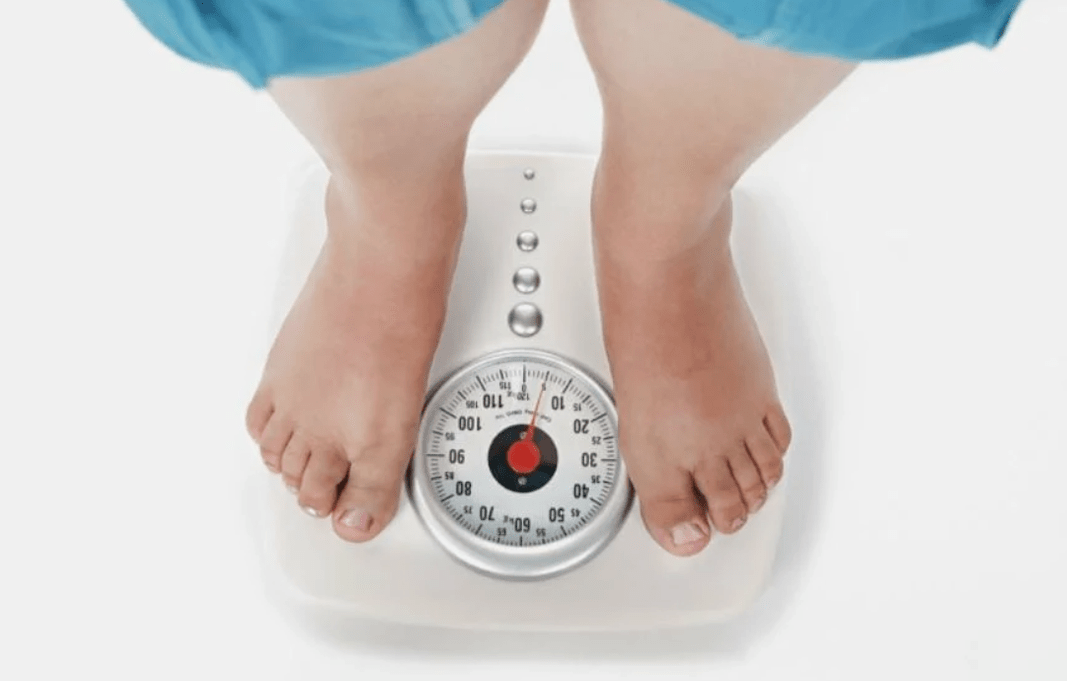Osteochondria is a chronic recurrent disease that occurs in the background of the constant destruction of vertebrae and intervertebral discs.Depending on the detection of vertebrates undergoing degenerative changes, they distinguish the chest, lumbar pathology, and throat.The main symptoms of osteochondrication are pain, the severity of which increases in physical exercise, stiffness of movements.In the clinical picture, there are often vertebral signs: headaches, blood pressure jumps, reducing visual acidity and hearing.

The diagnosis is based on the results of organic research - X -ray, MRI, CT.In the treatment of osteochondrication, medicines are used by various clinical and pharmacological groups.To increase their clinical efficacy, physiotherapeutic and massage processes are performed.One of the main methods of treatment and prevention is physiotherapy exercises.
The mechanism of the development of the disease
The pathogenesis of osteochondicism is based on the loss of pulposus from the core of its hydrophilic properties.This semi -liquid structure consists of connective tissue fibers and jacket.As a person develops, there is a decrease in the vascular channel on each disc between the vertebrae.The intake of nutrients in this occurs pervasively, that is, according to the principle of spontaneous leveling of concentrations.This explains the inability to fully restore cartilage tissues after injury or excessive physical activity in the spine.
The processes of osteochondry exacerbate changes in the hormonal background and an unbalanced diet.The amount of nutrients sufficient for their full function does not enter the cartilage tissue, which causes the following disorders of the structure and their properties:
- Power and elasticity are lost.
- The form, consistency and change change.
The intervertebral discs are flattened and the radial cracks are formed in fibrous rings.This causes a decrease in distance between adjacent vertebrae.Gradually, connective tissues fibrous rings and joints are involved in the pathological process.In response to tissue decomposition, the immune system begins to produce immunoglobulins, which leads to aseptic inflammation and the formation of edema in the joints of the joints and the nearby tissues.The joints of the joints are stretched, so the intervertebral discs cease to reliably correct the vertebrae.And with the instability of the intervertebral parts, the possibility of nerve root violation or blood vessel compression increases.This is often the case with cervical osteochondria and causes its severe symptoms.
Causes and provocative factors
In the state of the intervertebral discs, the reduced tone of the skeletal muscles of the spine negatively affects.The irrational, asymmetric function of the muscles occurs with a prolonged person in a non -medical position, for example, with a head lowering while working on the computer.The destruction of cartilage fabrics can be caused by the constant use of a heavy bag on a shoulder, a dream in a soft mattress and a tall pillow.
The following external and internal negative factors also accelerate the destruction of intervertebral discs:
- endocrine and metabolic disorders.
- Infectious pathologies, especially chronic.
- before spine injuries (compression fractures, bruises).
- Frequent hypothermia.
- The presence of systemic or degenerative dystrophic diseases, psoriatic, rheumatoid arthritis, osteoarthritis, osteoporosis.

If a person has bad habits, then it is in danger.Smoking and alcohol abuse exacerbate the condition of blood vessels, lead to inadequate blood circulation and the deficiency of nutrients in the tissues of discs.
In the presence of flat legs or clubfoots, the risk of developing osteochondicity of any detection increases significantly.Such relatives or acquired defects become the reason for increasing the load on the spine due to the inability to ensure appropriate depreciation with support.The factor it predisposes to the appearance of pathology is obesity.
With the deposition of adipose tissues in different parts of the body, support for balance is complicated, which leads to the effects of excess loads on the intervertebral joints.
Clinical picture
The first clinical manifestation of the cervical, chest or lumbar osteochondrication is back pain.During relapses, it penetrates, radiating to the nearby part of the body.The slightest movement leads to an increase in the severity of the pain syndrome.A person's answer is the adoption of a forced position in which the intensity of unpleasant senses is minimal:
- People with cervical osteochondria prefer to remove not their heads, but the whole body.
- With a breast pathology, a person is still afraid to take a complete breath, as this causes acute pain in the chest area.
- Patients with lumbar osteochondria are difficult to sit, get up and go due to a spinal nerve violations.
Most patients complain about the doctor about stupid persistent pain and the sense of restrictive movements in the morning.This requires an additional differential diagnosis to exclude myositis (inflammatory process in skeletal muscles of the back) and osteoarthritis.The reason for the appearance of pain, pushing the pains, is the compensatory anxiety of muscle tissue to stabilize the affected vertebral section.Stable pain syndrome also occurs due to the significant extent of the intervertebral disc and the development of aseptic inflammation.
For the osteochondria of a particular location, these symptoms are characteristic.For example, with lumbar pathology, Lumboyshialgia often occurs - a pain attack on the bottom and the back of the thigh.The thoracic osteochondria is clinically manifested by visceral pain in the heart region, the right hypochondriac, the stomach, the numbness, the increased skin sensitivity, the crisis in the vertebrae.But the most intense and varied symptoms are distinguished by a pathology that affects cervical intervertebral discs.
As a result of vertebral displacement, the formation of osteophytes, compresses the spine, which supplies brain cells, which provide them with oxygen.A person suffers from a violation of movements coordination, ears noise, headaches, arterial hypertension.
What can be in the absence of treatment
Most complications of osteochondry occur due to the formation of the intervertebral disc hernia.It is formed when this vertebral structure is displaced, which leads to a rupture of the posterior longitudinal joint.The disk becomes even more unstable and part of it protrudes to the cerebrospinal channel.A hernia is considered explosive if, in the process of forming it, along with the disc, the core of Duicee penetrates the channel.
Such a pathological condition of the vertebrates predisposes to the squeeze of the spinal cord and the development of discus myelopathy.Clinically, it is manifested in Torpor, the weaknesses of certain muscle groups of the feet or hands, paresis, muscle atrophy, change in reflex tendon.The bladder disorders and (or) disorders can also be observed.As a result of the formation of intervertebral hernia, the arteries that feed the spinal cord are pressed.Ischemic areas are formed, in which all nerve cells were killed.SO - called a neurological deficit appears - the movements are violated, the sensitivity is reduced and the deterioration is upset.

Tactics
Osteochondria is not offered to complete the treatment, as the drugs have not yet been composed so far, the intake of which would help restore damaged intervertebral discs and vertebrae.But therapeutic regimens include necessarily chondroprosts - symptomatic slow action agents.The preference is given to drugs with active ingredients of chondroitin with sulfate and (or) glucosamine sulfate (hydrochloride).
The clinical efficacy of these drugs is confirmed by the results of many years of research.With prolonged introduction (from 3 months to 2 years), partial regeneration of cartilage tissues, as well as other connective tissue structures - ligaments, tendons, bournes.As they accumulate in the intervertebral discs of glycosamine and chondroitin, they begin to exert a severe analgesic, decongestant, anti -inflammatory effect.This allows you to reduce the doses of NSAIDs, glucocorticosteroids in muscle relaxants, thereby reducing pharmacological load on the body.
Joint medicines are ineffective with irregular use or use of them to treat 3rd degree osteochondry when significant cartilage tissue destruction is observed.
To eliminate the symptoms usually occurring with cervical or breast osteochondria, medicines are used to improve blood circulation, mental, a drug that improves the maze microcirculation used for the pathology of the vestibule.
If necessary, antidepressants, anticonvulsants are included in therapeutic shapes.
In the treatment of osteochondrication, physiotherapeutic processes are used: UHF treatment, magnetotherapy, laser treatment.Reflection, massage, exercise, cherosotherapy, swimming, yoga are used.With the ineffectiveness of conservative therapy, the patient has surgical intervention.Practices are practiced by the disc, laser reconstruction or replacement of implant.
































